TP-Link's Tapo indoor cameras are a pretty good way to get the advantages of a HomeKit camera and in-app intelligent notifications
Home security is important, but it can get costly with proprietary cloud subscriptions and sketchy privacy models. Luckily, TP-Link has an affordable solution that addresses both concerns.
TP-Link makes good products, but their naming leaves a little to be desired. I'm reviewing the Tapo C125 and the TC73 indoor cameras, and if there's a meaning behind those numbers, it isn't obvious.
The Tapo C125 is a stationary camera, and the TC73 is a pan/tilt camera. Both share base feature sets and specs.
TP-Link Tapo indoor cameras review — features
The Tapo cameras both record in 2K QHD with 4MP stills. They record at 15fps by default, but there are settings for 20fps or 30fps.
Apple still caps HomeKit cameras to 1080p, so viewing live footage or recordings in the Home app won't be as detailed as the Tapo app. Customers can subscribe to a cloud storage option or record video locally to a 512GB max SD card if they want full 2K recordings.
Resolution isn't everything. The sensors are 1/2.9-inch and produce decent images, but I couldn't tell much difference between the Tapo app feed and the Apple Home feed.
The cameras have a physical privacy option that can be activated in app or an on-device button. The TC73 turns the camera inward while the C125 closes a privacy shutter.
A night vision option can toggle between an 850nm IR LED and a 940nm LED. The 940nm LED won't show a physical light on the camera, but won't illuminate as far.
The built-in microphone and speaker allow the cameras to work as two-way radios. Speak in the Tapo or Home app, and the camera will play audio, then the microphone will return audio.
A built-in alarm can sound at up to 98 decibels with three sound options — siren, emergency, and red alert. The alarm can be set up to go off with one of the input triggers described below.
Despite having the built-in alarm, it cannot be surfaced in Apple Home. The user is notified of an alarm, and a light flashes on the camera, but HomeKit automations can't be attached.
One interesting feature I've not seen in other cameras is the ability to add information to the video feed that also shows up in the HomeKit feed. It can show the time stamp, the Tapo logo, and a custom label — and all can be toggled off.
AI detection and input triggers
The onboard image processing can detect different triggers and notify the user. These triggers are sound, motion, or image recognition-based.
The available detection and trigger events are:
- Motion Detection
- Person Detection
- Line-Crossing Detection
- Tamper Detection
- BabyCry Detection
- Vehicle Detection
- Pet Detection
- Meow Detection
- Bark Detection
- Glass-Breaking Detection
Everything set up with the Tapo app is processed via the camera's software. That's opposed to Apple's Home app requiring all video to be processed on the active Home Hub.
Apple's list of detection options is much more limited. Users can't be notified about sounds, and image recognition is only available for people, animals, vehicles, and packages.
TP-Link Tapo indoor cameras review — C125
Tapo C125 mounts easily via a magnet or adhesive. A magnetic plate can be screwed into the wall or attached with an included adhesive sticker.
Once the mount is attached, the camera simply sticks to the surface and can be freely rotated and adjusted. The cable has to go somewhere, but it's long enough to reach outlets, even from ceiling to floor.
It has a 140-degree field of view and is completely stationary. The 2K resolution and night mode provide plenty of detail for an indoor space.
It is a good stationary camera that does what it advertises well. Set up the camera in Apple Home or the Tapo app, stick it to the wall, and capture video. Simple.
TP-Link Tapo indoor cameras review — TC73
Since the Tapo TC73 is a pan and tilt camera, it can be set on a table or screwed into a surface. No fancy magnetic mounting here, but that's understandable.
There's not much difference in the field of view since it uses the same sensor as the C125. However, it is on a vertical and horizontal swivel, allowing for 360 degrees of view horizontally and 149 degrees vertically.
Apple hasn't added support for camera motor control from the Home app, but the Tapo TC73 has a trick up its sleeve called patrol mode. Users can set specific regions to stop as the base rotates, set how long it stops, and add multiple stops.
Once set up in the Tapo app, patrol mode happens automatically during the scheduled hours. Apple Home users can open the camera and see a live feed of the camera moving back and forth.
While the primary user with both Tapo and Home apps running likely won't need this access, it is useful for others in the home. For example, your spouse may not have the Tapo app but still want to benefit from the pan and tilt options.
Otherwise, TC73 is identical to the C125.
HomeKit versus Tapo app
As I've said before, the Tapo cameras have motion and noise sensors, plus a built-in siren. None of these are visible in the Apple Home app.
The Tapo cameras are usable without ever opening the Tapo app. Set up notifications and safe zones, and then let the camera record.
Of course, without the Tapo app, the TC73 can't use its pan and tilt capabilities. These cameras benefit from the user taking advantage of both systems.
Adding the Tapo cameras to Apple Home costs nothing if you've already got Apple One or iCloud+. Set them up within that app for redundancy, especially if you're primarily an Apple Home user.
Use the Tapo app for more advanced options, including its AI detection features and patrol mode. I've not used the Tapo app much during my review beyond the initial setup.
Whether you don't have another recording option or want redundancy, Tapo offers Tapo Care — cloud storage for recording video and rich notifications. For one device, 30-day unlimited storage is $3.49 per month or 34.99 per year.
The rich notifications feature sends an image with app notifications. Apple Home notifications do that by default.
Tapo Care scales up to 10 devices for $11.99 per month or $119.99 per year. I'm not sure you'd want to bother with Tapo Care if you have HomeKit Secure Video.
If you're looking for redundancy, just add an SD card. The cameras support up to a 512GB SD card for local recordings.
HomeKit Secure Video is almost automatic for Apple users. Chances are, if you're investing in HomeKit cameras, you already pay for Apple One or additional iCloud storage.
If you have a 50GB iCloud+ plan, you will get a single HomeKit camera with ten days of activity. The 200GB plan makes that five, while a 2TB plan adds unlimited cameras.
Those iCloud+ tiers are included with each tier of Apple One. Individual plans get 50GB, Family plans get 200GB, and Premier plans get 2TB.
Apple One gives you access to other Apple Services like Apple TV+ and Apple Music, so let's compare the iCloud+ plans. The 2TB plan costs $10 per month and offers unlimited cameras with ten days of storage.
That's much cheaper than Tapo Care. But Tapo Care is 30 days and 2K video.
Affordable HomeKit Secure Video
Cameras that support HomeKit Secure Video have historically been more expensive. TP-Link Tapo offers HomeKit-compatible cameras at a lower price and with plenty of additional functionality.
The Tapo C125 is a good HomeKit camera that owners can use without ever opening the Tapo app. Tapo TC73 can utilize some features like patrol mode even when relying primarily on the Apple Home app.
Either way, you've got good options with TP-Link's Tapo line. Hopefully, Apple will open up HomeKit with more camera functionality in the future, but for now, these cameras get the job done.
TP-Link Tapo indoor cameras review - Pros
- Easy to mount and use
- Able to work with HomeKit and Tapo app
- Cloud storage, SD card storage, or HomeKit Secure Video provides plenty of customer choice
- In-app detection and notification options more robust than HomeKit
- Patrol mode viewable from HomeKit
TP-Link Tapo indoor cameras review - Cons
- No additional sensors exposed in HomeKit
- Notifications can be incessant out of the box
- Tapo Care subscription required for rich notifications, has ten camera limit
Rating: 4 out of 5
TP-Link has a good set of indoor cameras with useful features and a well-made app. Whether you stick with HomeKit only or dive into the Tapo app features, you'll be happy with these cameras.
Where to buy TP-Link Tapo indoor cameras
The Tapo C125 is normally $59.99, but is available for $49.99 from Best Buy. The Tapo TC73 360-degree camera is normally $69.99, but is available for $59.99 from Best Buy after selecting the pan-tilt option.
 Wesley Hilliard
Wesley Hilliard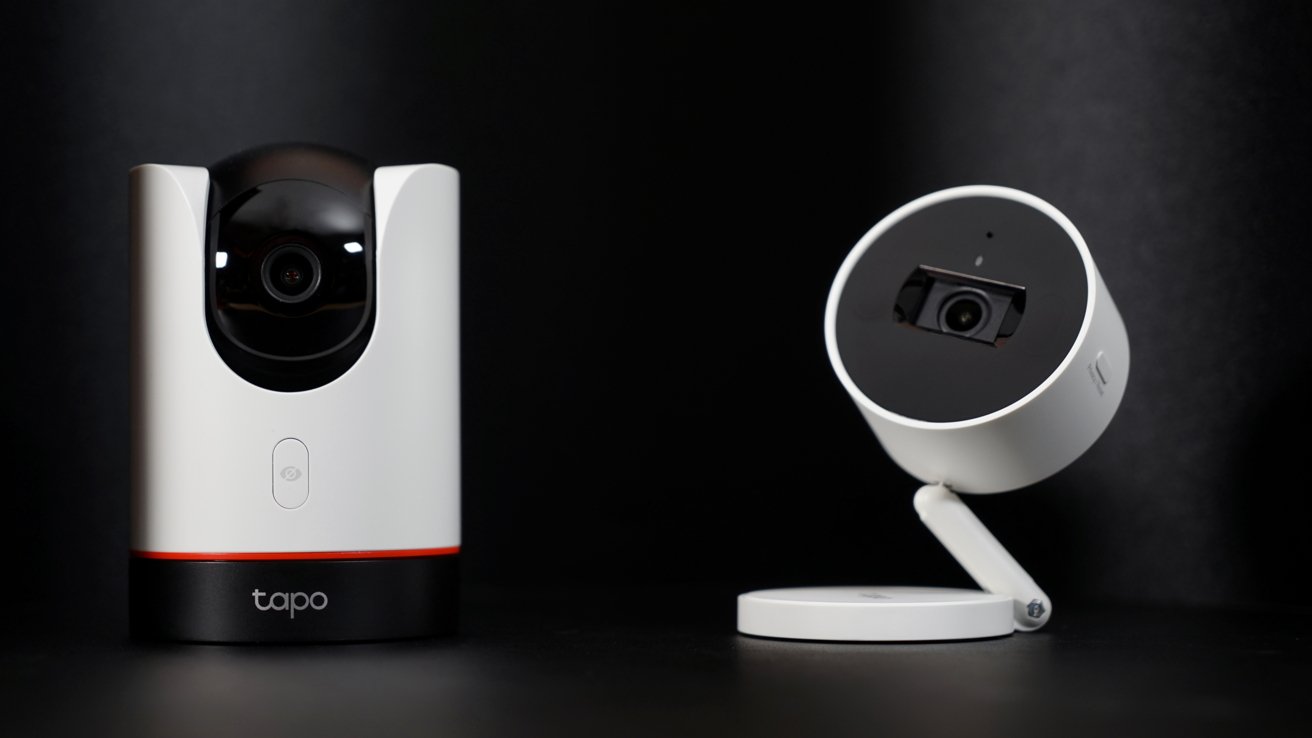
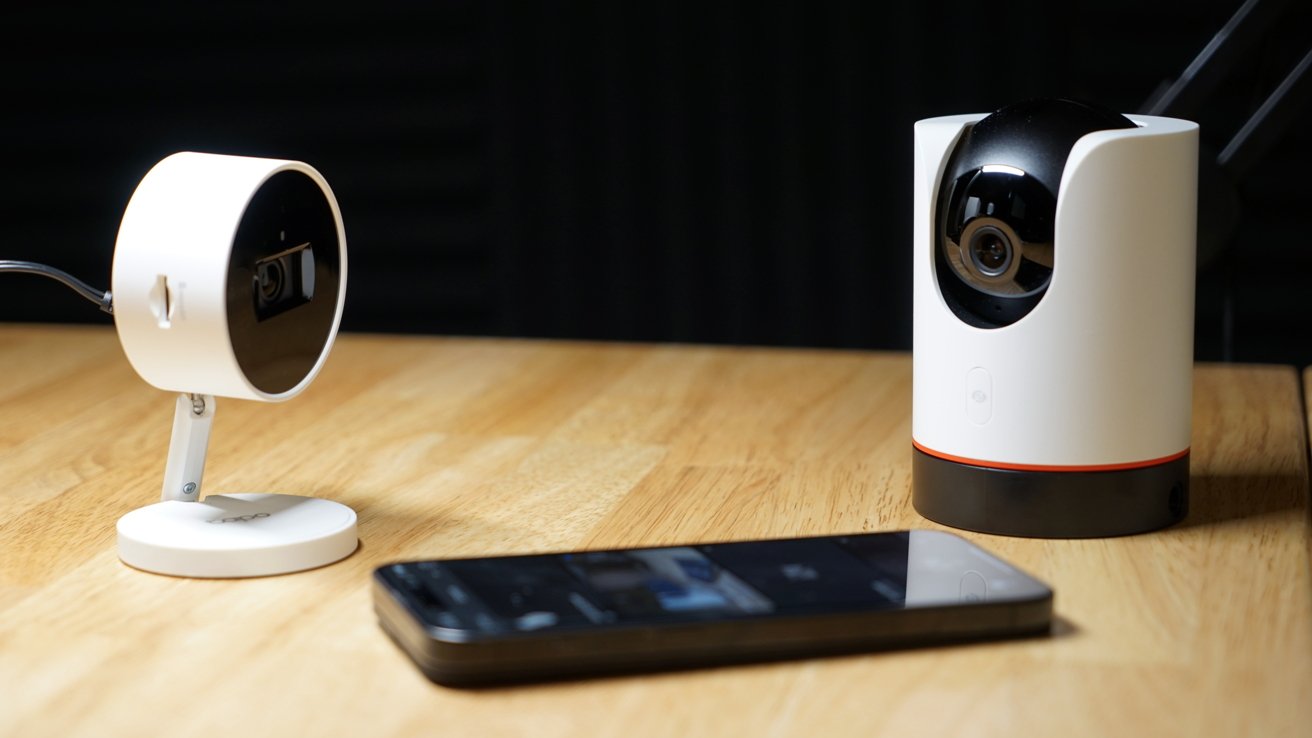

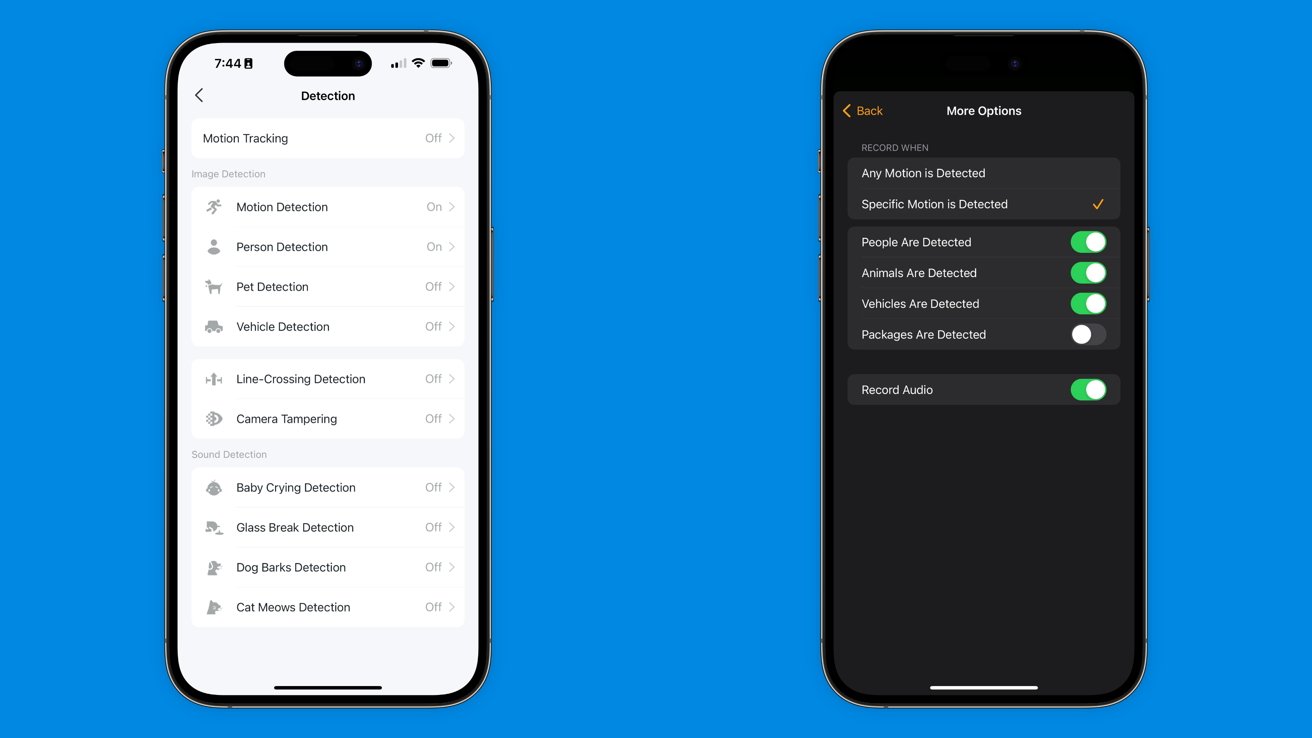
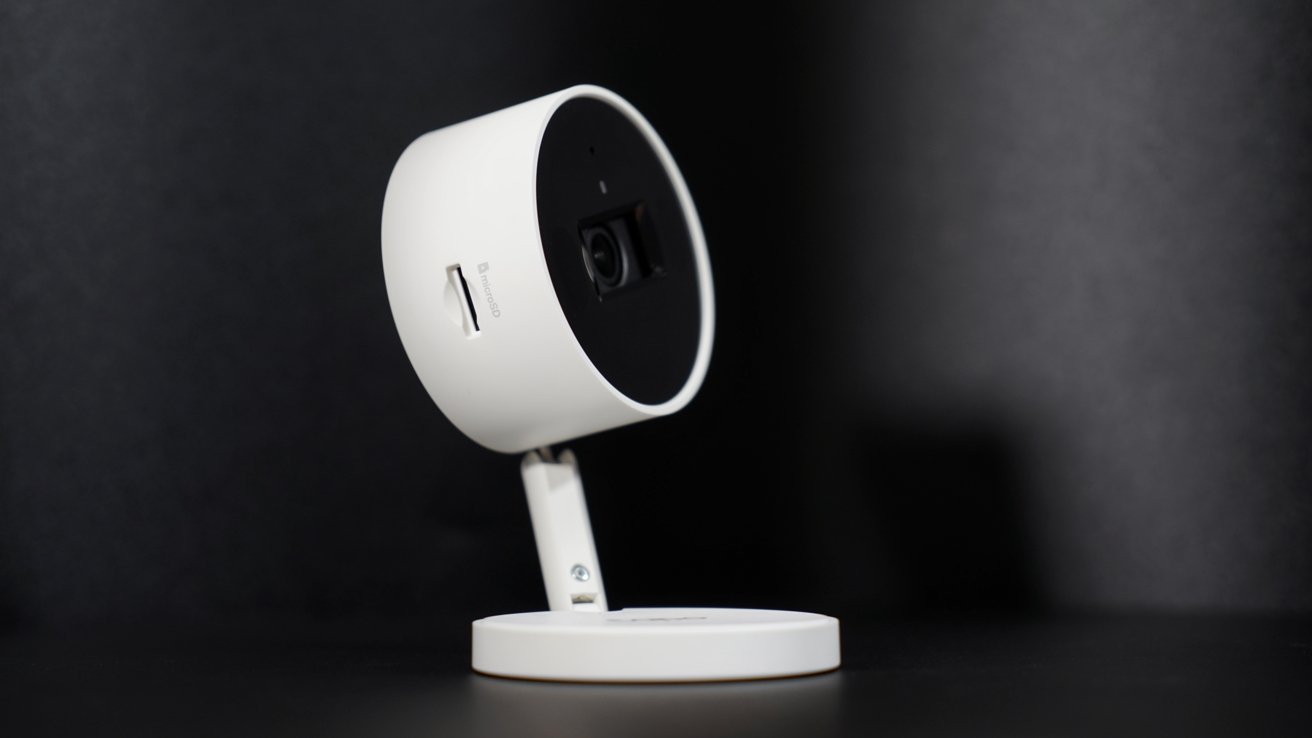
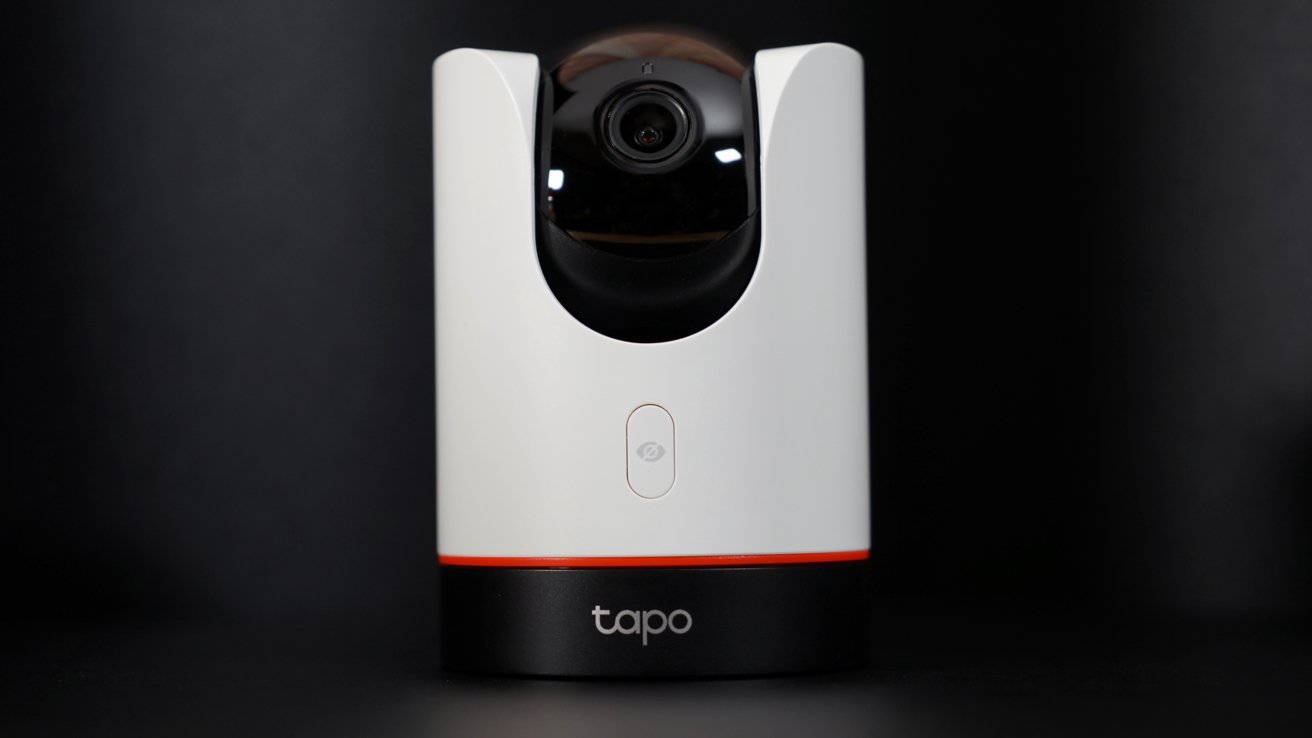
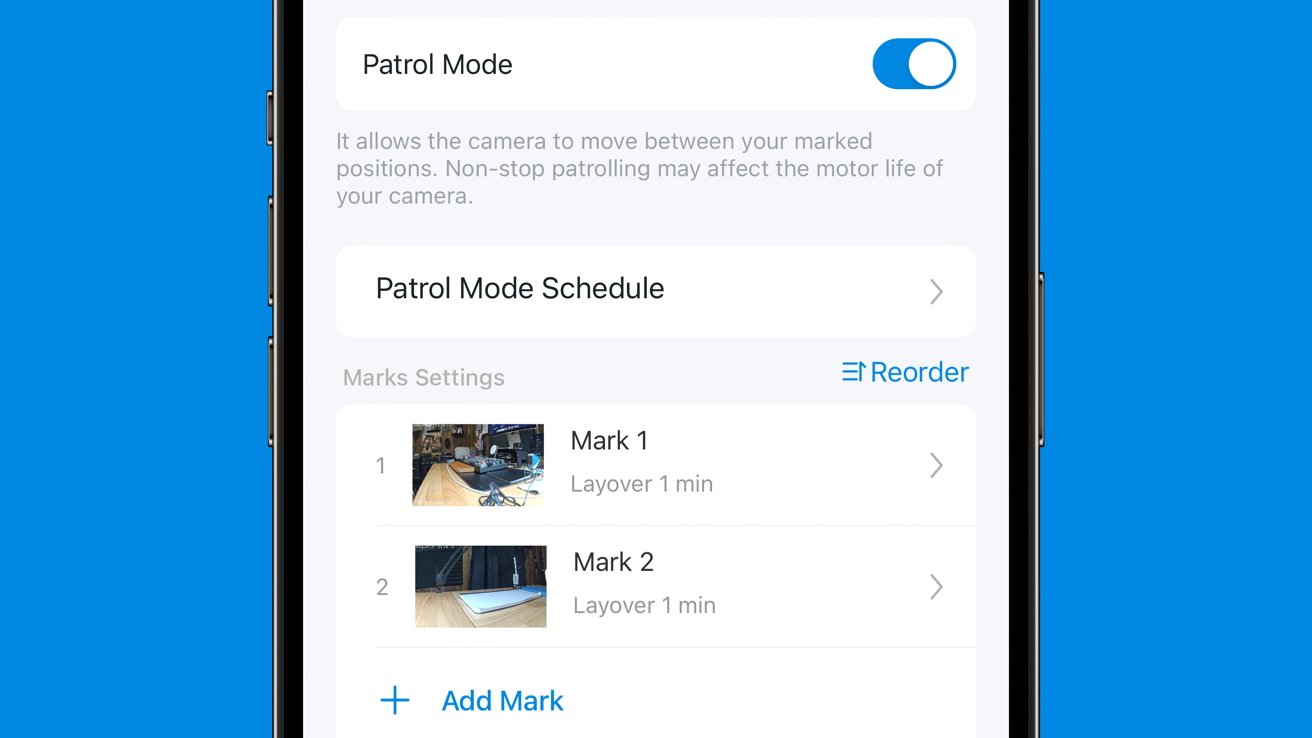
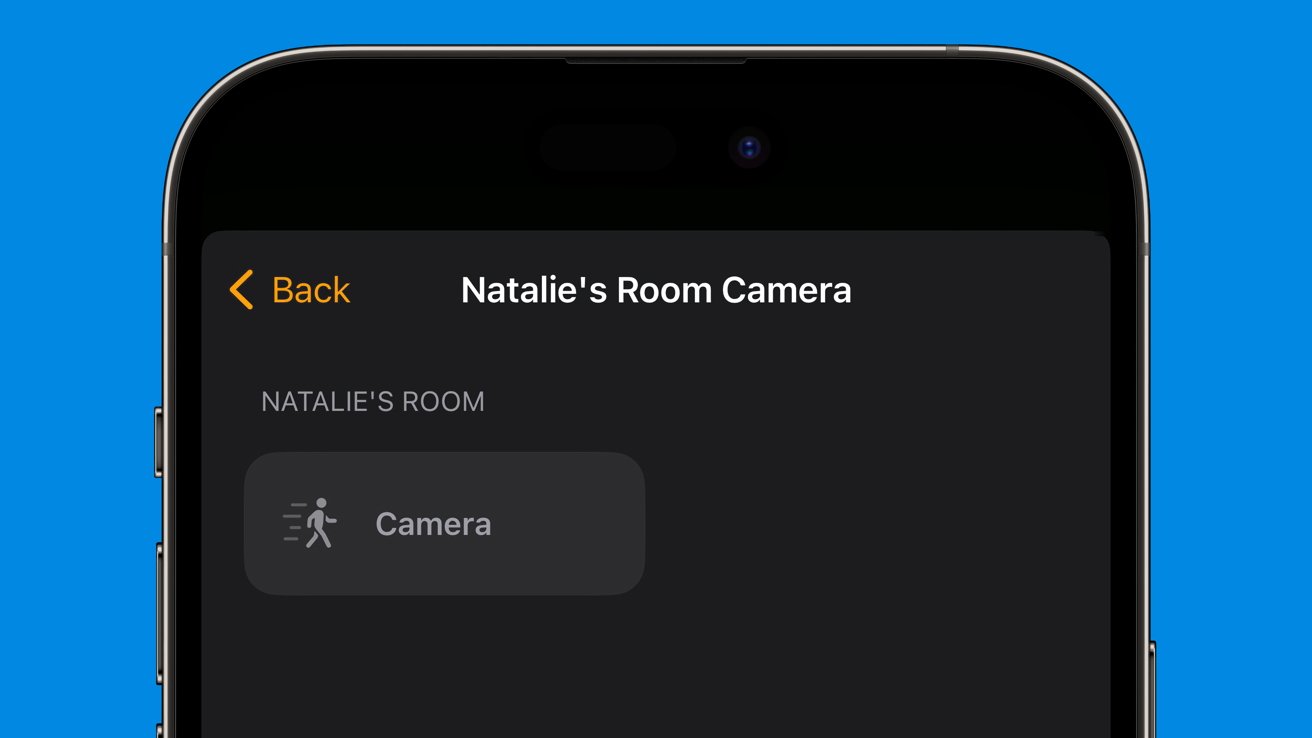
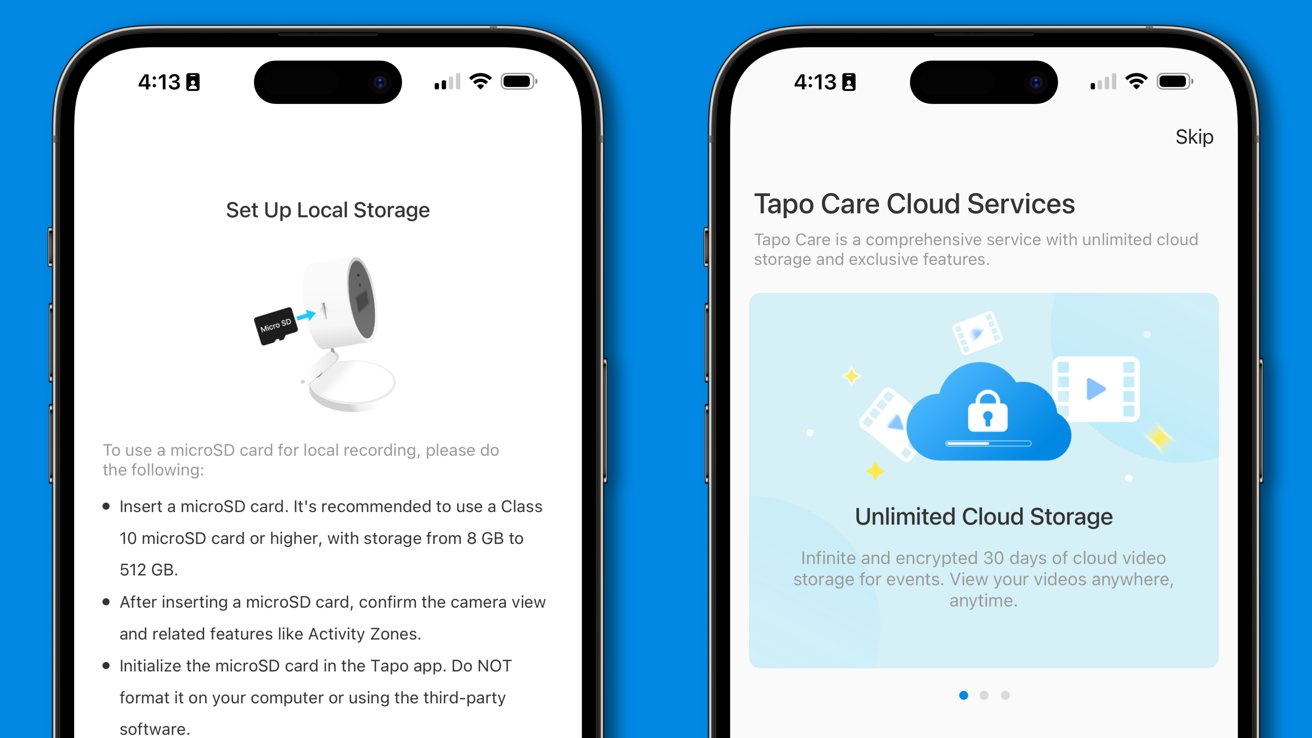

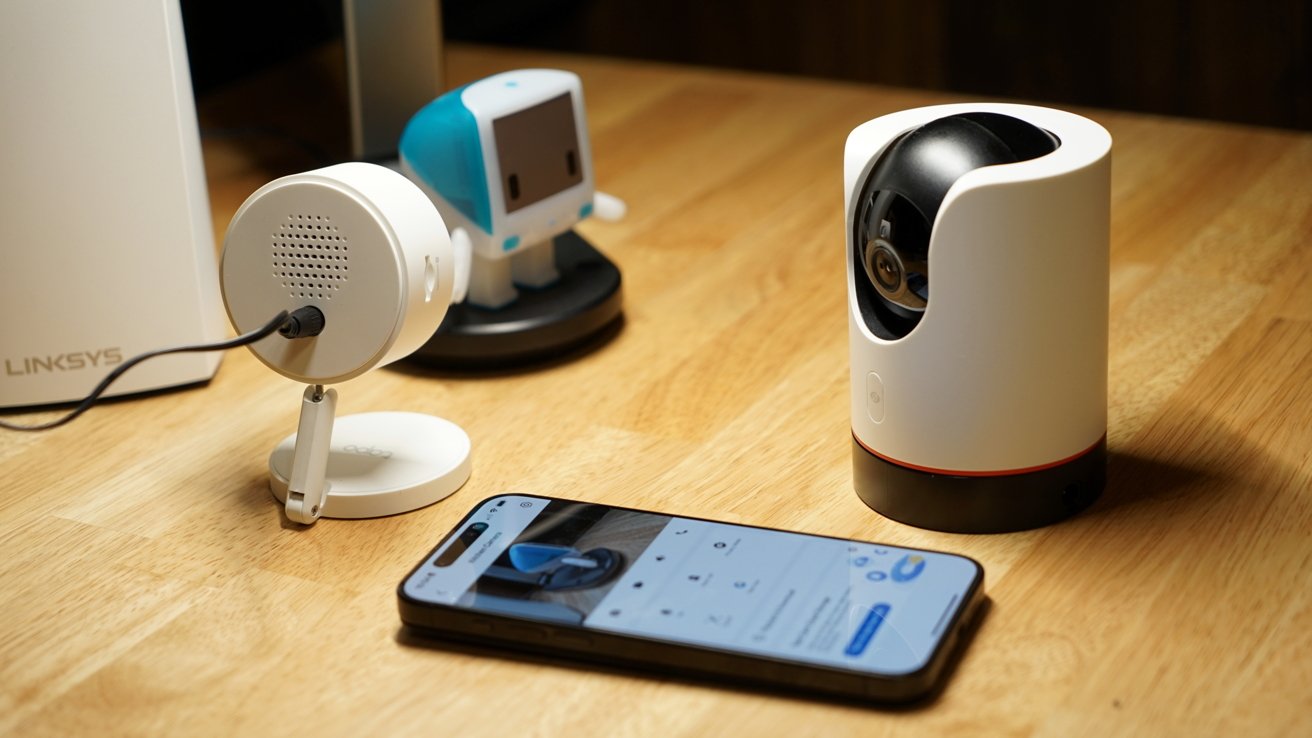







-m.jpg)






 Christine McKee
Christine McKee
 Malcolm Owen
Malcolm Owen
 Marko Zivkovic
Marko Zivkovic

 Andrew Orr
Andrew Orr
 Andrew O'Hara
Andrew O'Hara
 William Gallagher
William Gallagher



-m.jpg)


3 Comments
Hi. That’s interesting. Thanks.
(the background of my question is privacy. Who can see the images of my Tapo cameras? I remember HomeKit is fully encrypted)
Cheers
I purchased and installed one of these in my garage last week and so far I am pretty happy with it.
It doesn't require installing the Tapo app (unlike the Eufy C120).
The field of view is better than the Ecobee Smart Camera, and Aqara G3.
I haven't had issues of it missing events like the Ecobee Smart Camera was.
I haven't had issues of it going offline so far like the Aqara G3 has been.
So far this definitely seems like the winner. I will probably give it a few more weeks before I pick up more for other locations, but I will likely do so eventually. I'm hoping they come out with a version for outdoor use.